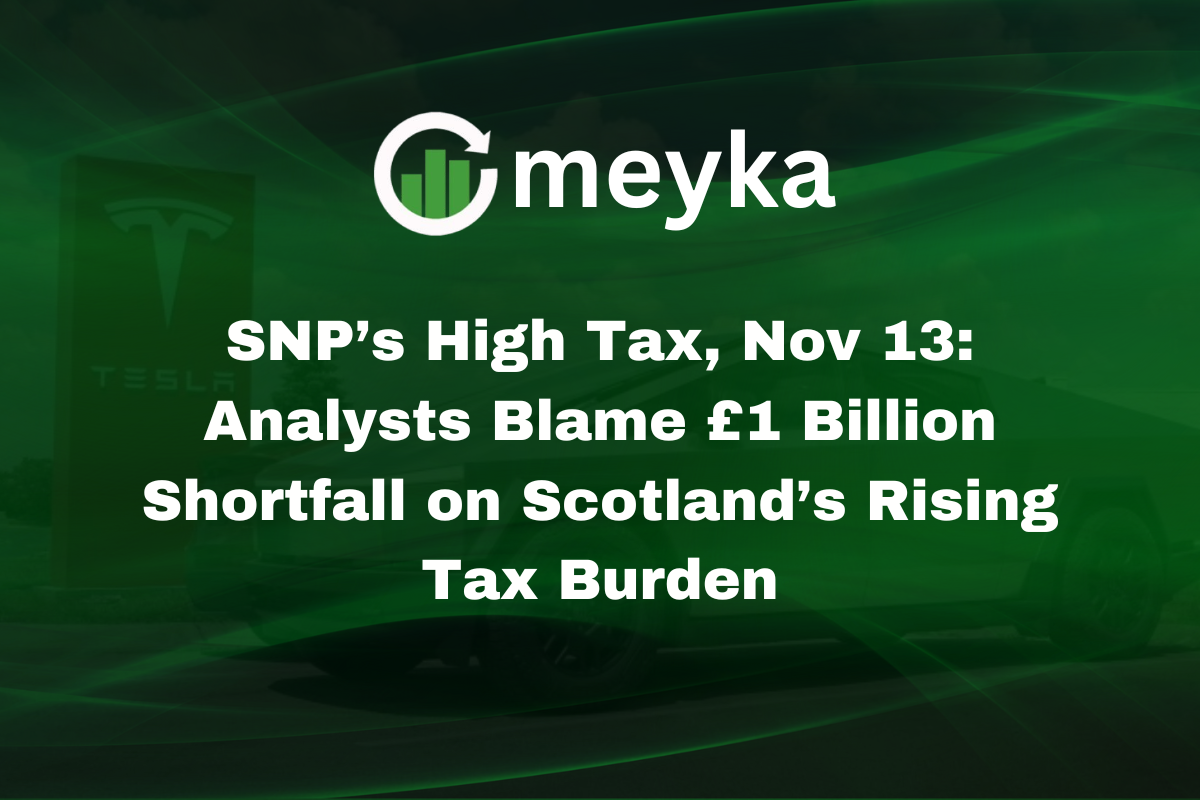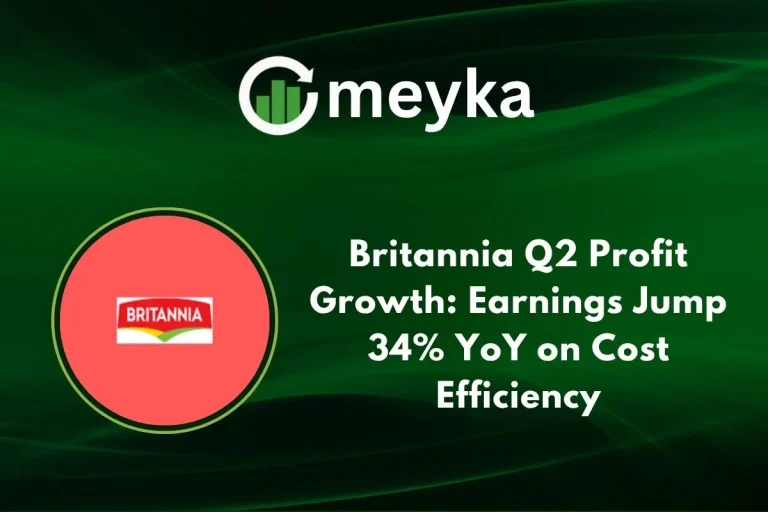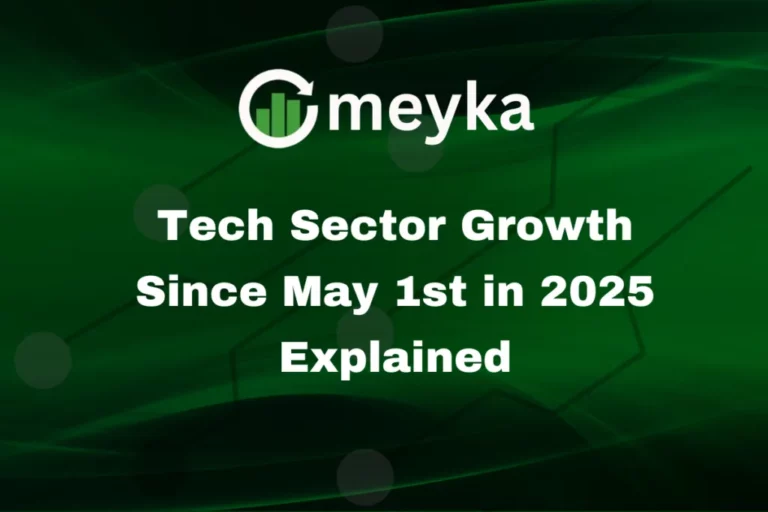SNP’s High Tax, Nov 13: Analysts Blame £1 Billion Shortfall on Scotland’s Rising Tax Burden
Scotland woke up to a sharp debate on November 13. Analysts and watchdogs say a rising tax burden under the Scottish National Party helped create a roughly £1 billion revenue gap. The debate mixes numbers, politics, and real pain for households.
This article explains what happened, why experts are worried, and what it may mean for Scottish workers and the Scottish economy.
SNP’s High Tax and the Economic Fallout
The SNP’s high tax approach has been a core policy for years. The party argues it funds public services, the NHS and schools. Critics say higher income tax has slowed growth, and that has cut the money the government actually keeps. The result is an economic burden on households and a revenue gap for public spending.
According to recent reporting, higher Scottish income tax receipts have not translated into proportionate funding gains for Scotland because of how budgets are adjusted and how the economy has performed.
The Times explains that while Scots paid more in income tax, only part of that extra revenue was retained for public use, leaving an effective shortfall.
Could this affect taxpayers further? The Scottish Fiscal Commission and other fiscal watchers flagged differences between the SNP’s tax take and the extra money reaching public budgets.
The Holyrood budget watchdog has challenged some SNP claims about who pays more or less under the current rates. According to social posts and coverage, watchdog statements have undercut party headlines.
Why Analysts Blame the £1 Billion Shortfall
Analysts point to three main causes: weaker growth in wages, behavioural responses to tax increases, and the mechanics of UK funding formulas. If wages grow slowly, income tax yields less than projected.
If people change how they report income, receipts fall. Then automatic adjustments reduce what Scotland keeps. These are not simple accounting errors. They reflect how taxes, growth and funding rules interact.
A commission report and economic commentary show Scotland’s growth trailed some UK regions, and that gap can cost public services up to about £1 billion a year. That is the figure analysts use when they discuss lost funding linked to tax and growth underperformance.
Why does growth matter more than taxes? When an economy slows, tax rises can cut activity further. That lowers receipts and widens the revenue gap. Experts say the SNP’s higher rates may have had the perverse effect of reducing the very base they tried to tax. This is a classic fiscal trap for subnational governments with limited fiscal levers.
Public Reactions and Expert Opinions
Public reactions have been strong. Opposition parties called the situation a betrayal of workers and households.
Some union voices worry about service cuts; community groups fear higher costs for families. Economists have offered mixed views. Some call for tax reform, others for policies to raise productivity and wages first.
A set of tweets amplified the political reaction on social platforms. One monitoring account highlighted the watchdog’s findings, another commentator framed it as a political failure, and a third expressed concern for taxpayers facing higher bills. These posts helped shape public headlines and the immediate political narrative.
Who is hurt most? Lower and middle income workers, small business employees and pensioners feel the squeeze. Households face higher tax bills, while councils and health boards look at tight budgets. That is the experience many Scots describe in towns and cities across the country.
The Political Storm Around SNP’s High Tax Policies
This shortfall feeds a wider political fight. Opponents use the number to call for tax cuts and new leadership. The SNP defends its choices, saying higher rates protect services and reflect Scottish priorities. The debate is now about credibility, not just numbers.
Why does this matter for independence politics? The revenue story is central to the independence debate. The SNP says fuller powers would let Scotland design tax systems that work for Scotland. Critics reply that current choices already show risks and that independence would not fix the structural issues without stronger growth and clearer plans.
What Does This Mean for Scottish Workers?
Workers may see slower wage growth and higher living costs. Public services may face pressure if the government acts to close funding gaps. That could mean choices between raising further taxes and cutting services. Real families will feel those trade offs at the end of the month.
Could this force cuts to services? Yes, analysts warn that cuts or reprioritisation are possible unless economic performance improves. Watchdog reports caution that unfunded commitments will strain budgets. That is the sober message many local officials report back to residents.
Economic Insights and Future Outlook
The economic outlook depends on three levers: growth, tax design and negotiation with UK funding rules. Boosting productivity and wages would raise receipts. Adjusting tax bands could change incentives. A clear fiscal plan could restore trust.
What can policymakers do next? Experts recommend short term steps to shore up budgets, and longer term steps to boost jobs and pay. They advise transparency about costs and realistic forecasts from Holyrood. The Scottish Fiscal Commission and independent economists urge caution before making headline tax promises.
Could AI Stock Research Predict Fiscal Trends?
AI Stock research and AI Stock Analysis tools are changing how economists and investors read policy signals. These methods scan large data sets, tax records, and market moves to flag revenue trends early. AI Stock methods cannot replace human judgment but they can highlight early warning signs for policymakers and markets.
Can AI help policymakers? Yes, AI Stock and related analytics can simulate scenarios, test tax changes and model taxpayer responses. That gives governments a faster view of possible outcomes. However, models need good data and careful interpretation to avoid false certainty.
Conclusion
The story on November 13 is a clear warning. SNP’s high tax policies are part of a larger mix that helped create an estimated £1 billion shortfall. Watchdogs, analysts and commentators agree that the shortfall reflects slower growth, tax design and funding rules. For Scottish workers, the choice ahead is real: more taxes, fewer services, or faster growth.
The next steps will matter. Policymakers must present a clear, evidence based plan. The public will watch budgets, forecasts and the next round of fiscal reports closely. Scotland’s economic future will depend on credible policies that raise pay, broaden opportunity and restore trust in how taxes are used.
FAQs
Yes, Scotland benefits through shared UK resources, funding, and stability. It receives higher public spending per person than the UK average via the Barnett formula.
Scotland’s deficit is larger than the UK average. In 2024, it stood at around 9% of GDP, compared to the UK’s overall deficit of about 4–5%.
Scotland is relatively stable due to UK’s fiscal backing. However, analysts say rising public spending and slower growth have widened its budget gap.
Yes, Scotland has devolved powers to set income tax rates and bands, plus some control over land and property taxes, under the Scotland Act 2016.
Yes, most Scottish taxpayers pay slightly more income tax than those in England and Wales due to higher rates set by the Scottish Government.
Disclaimer
The content shared by Meyka AI PTY LTD is solely for research and informational purposes. Meyka is not a financial advisory service, and the information provided should not be considered investment or trading advice.






